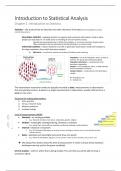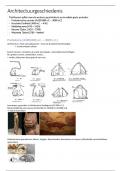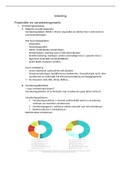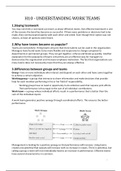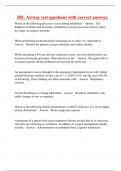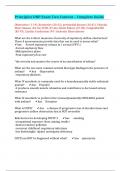Samenvatting
Summary Statistics for the Behavioral Sciences
- Instelling
- Erasmus Universiteit Rotterdam (EUR)
Summary of Statistics for the Behavioral Sciences for the course Introduction to Statistical Analysis at the pre-master media and Creative Industries. Based on the literature, lectures and tutorials INCLUDING: SPSS, practice questions, pictures, colours, bullet points and more!
[Meer zien]
